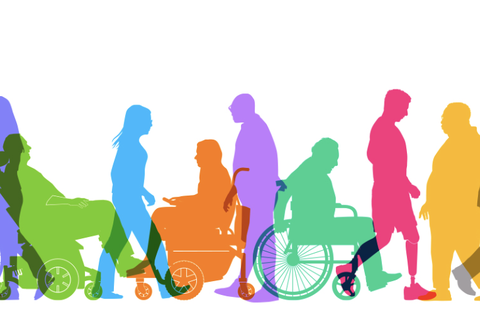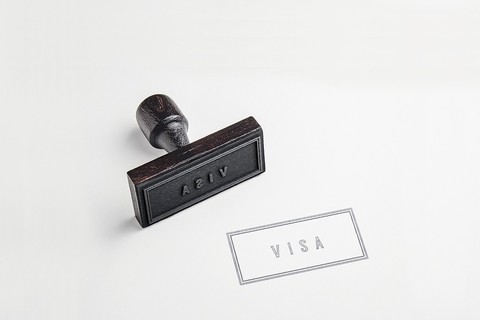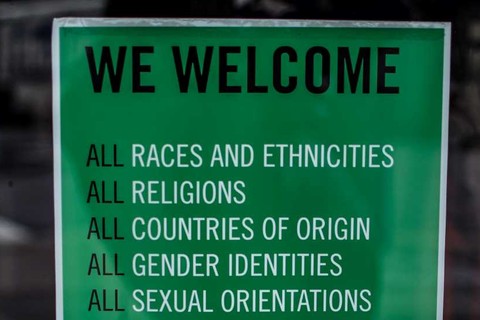What is Fashion?
The fashion and apparel industry encompasses a wide variety of garments and uses almost every type of textile manufactured. It is generally subdivided into two categories: clothing for men and boys and clothing for women and girls. According to SelectUSA, a service of the federal government, U.S. textiles, which includes the fashion and apparel industry, is “one of the most significant sectors of the manufacturing industry.” The research group IBISWorld reported that the global apparel manufacturing industry generated $733 billion in revenue in 2019.
Careers in Apparel/ Fashion/ Retail
New York City is often seen as the heart of the U.S. fashion and apparel industry, and nearly 40 percent of all salaried fashion designers are employed there. But California, Florida, Oregon, and Washington also account for a good percentage of all workers in the textile industry. The manufacturing side of the industry includes workers who produce apparel such as those who use patterns to cut a variety of textiles into apparel's individual pieces, and assemblers, sewers, pressers, and inspectors to create the apparel from the textile pattern pieces. Clothing production also requires the support of workers that include fashion designers to design the article of clothing; patternmakers to draw and construct a pattern for the garment based on the designer's specifications; merchandisers and retail buyers who place the apparel in stores; and retail salespeople who sell the finished garment to consumers.
Others who work in the fashion and apparel industry include fashion models, marketing and advertising professionals, and administrative and support staff. As of 2018, the apparel manufacturing industry employed around 113,370 workers, according to the Department of Labor.
How the Fashion industry plays its part in economy?
Economically, the apparel industry is a key segment for investments, revenue, trade, and employment worldwide. Despite changes in how garments are produced and made available to consumers, which indicate declining employment opportunities in the manufacturing sector, many of the operations at apparel factories are difficult to automate because of the large variety of fabrics and the intricate cutting and sewing required of most fashions, so the fashion industry is likely to remain labor-intensive in coming years.
Trends within the fashion and apparel industry that may influence U.S. employment in coming years include consolidation of businesses in the retail sector, increased use of e-commerce by consumers, improved technology decreasing the need for garment manufacturing workers, and the continued use of cheap labor in countries such as China to produce apparel. SelectUSA, however, reports that the U.S. textile industry “ranks among the top markets in the world by export value,” with U.S. textile exports valued at $23 billion in 2018.
This content is from vault.com.













